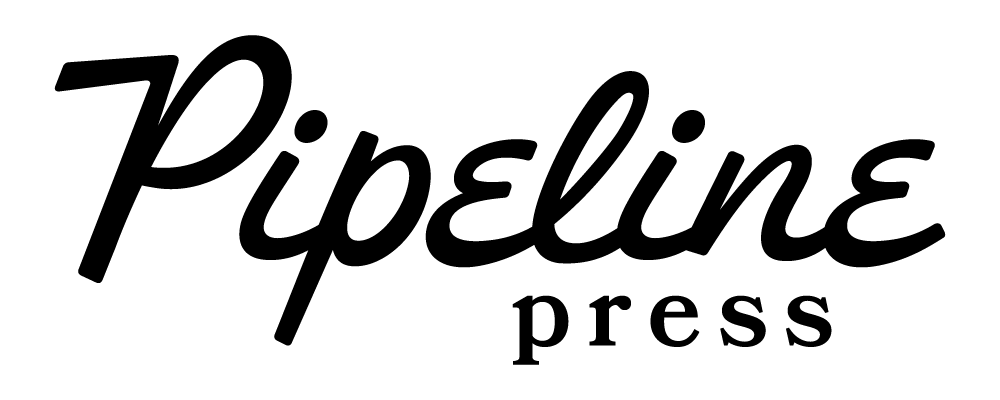TLDR: Once you achieve the technical win, you will need to achieve the business win. More often than not that requires demonstrating ROI of your product
ROI stands for return on investment, and it’s a key driver in business for when making a purchase. For example think real estate investing. If you purchase an investment property like a 2 family home for $500k, what do you need to charge in rent and how long would it take for you to get your initial investment in of 20% ($100k)? Businesses think in a similar manner.
The sales cycle has two sales, the technical one and the business one. Often times you are starting with the technical one in which you as the sales rep are identifying pain points through discovery and tying your products value to solving those pain points through a demo of some sort. If you achieve the technical win the next step is looking for the business win.
A Few Strategies
In this second sale you will need to convince the business as to why not only should they buy your product and not a competitors, but why they should do anything different than what they are currently doing and why they should do it now. Some strategies you can implement are:
- Putting a price tag on the problem through identification of metrics. Ex: It takes your prospect currently 4 days to turn around a quote to a potential customer. If you have identified how many deals they have lost due to length of time to present a quote this type of information can be leveraged in potential increase in deals won. If you could tie this to a use case, you may be golden.
- Identifying job openings for the role your product solves. Compare average salary costs vs cost of your product.
- If competition is known, how your product will help bring your prospect to new revenue growths vs competition in X months. (We’ll circle back to this).
A key driver in your total sales process is to know that at the end of the day all questions lead to Rome. You need to ask questions during the technical sales process that can leverage throughout the business sales process.
Metrics Metrics Metrics to Value Value Value
If you have identified key metrics to your prospects problem you can then show how much they will save or gain by implementing your product.
Working in school software sales, your prospect may struggle with the ability to effectively track student success throughout the year and further identify key indicators of struggling students prior to it being too late. Tracking the time it takes to understand that data, and being able to identify sooner so corrective action can take place. Then further identifying how many struggling students there are in the district and the tax dollars that are associated with success KPI of students allows you to tie your value pitch to potential ROI.
Selling a GRC solution, identifying key variables of potential bottlenecking, delayed data tracking, or inability to identify risk metrics with 3rd party partners can potentially delay ability to become compliant with certain frameworks. If you can draw a conclusion between potential revenue gain when becoming compliant, you’ve got a winner.
Selling security is often seen as a money suck by the board. If you’re able to identify metrics of pain not just to the specific security team but the business overall, then dictate how that business risk (also found in annual reports) can be tied to their business growths (same comment).
ROI
If your product costs X and your prospects problem costs them Y, draw a chart… In the easiest of ways, your product costs $50k and their problem costs $75k. Over a 4 year period, they will save $100k. That’s simple ROI. When you get into complex products your ROI chart becomes an entire matrix that includes a plethora of variables but at the end of the day is something a 5th grader could understand.
Leverage data from your industry on costs of a, b, & c, or third party sources so it’s not like hearing from the horses mouth. Use cases are a great resource that show how X customer implemented your product and found Y value in Z time.



